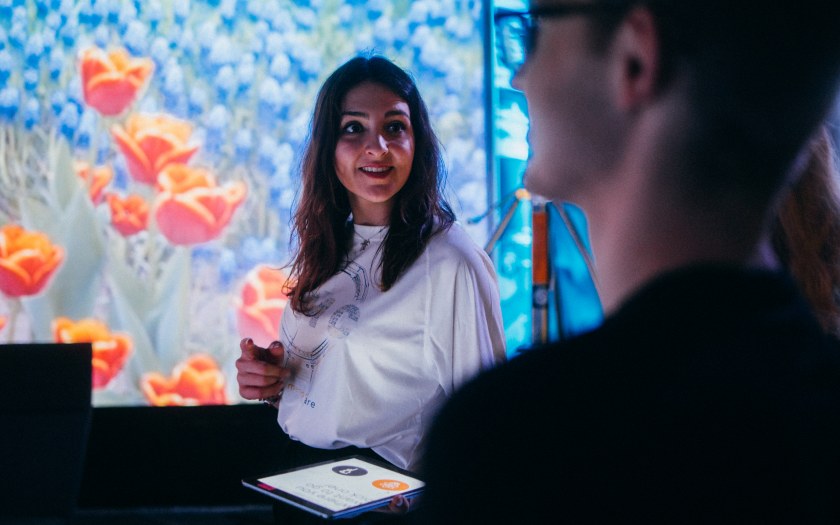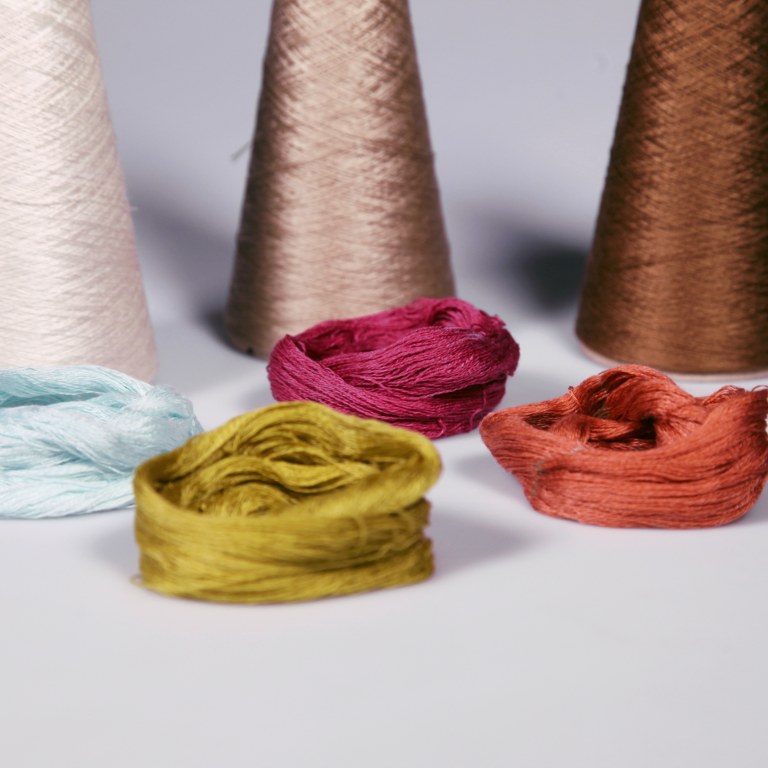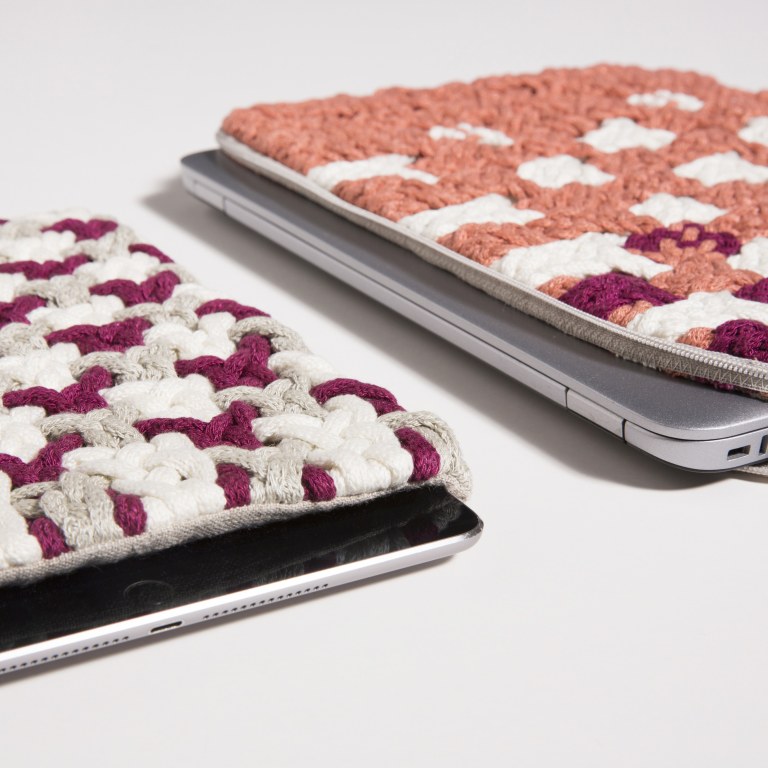Aalto Design Factory (ADF) is Aalto University's product design and learning hub established in 2008. ADF focuses on teaching the best product designers in the world. In addition to being one of the creators of Finland's startup scene, ADF is also a global success story with its Design Factory Global Network.
Why was ADF established, and what do you do?
ADF strongly focuses on training the best product developers in the world. Many fundamental ideas of ADF originate from the Product Development Project course (well-known as PDP). Students from various disciplines work in the course with real-life assignments that come from the industry and companies. The learning is problem-based and built on cooperation with company partners over eight months. Nokia, Kone, ABB and more than 100 others have been sponsoring PDP.
ADF can also support startup teams at the first stage of their life cycle. In the phase when the team has a business idea but don't have any capital, clients or cash flow yet. Our startup partners are mostly Aalto University-based students and researchers. We don't rent out rooms. Instead, we offer them contracts at an affordable cost and access to prototyping labs and shared office space.
The story of ADF officially started in 2008, when the existing PDP learning spaces were scaled up and moved to a former VTT building at Betonimiehenkuja. As a summary from all these years, the key insights are:
a) Universities should offer learning environments that better serve the students' needs 24/7.
b) In companies, the product developers would also welcome spaces that would better support idea generation and, particularly, the process of developing the ideas further to market-ready products and services.
We are using advanced digital tools, e.g. computer-aided design and 3D printing. However, a smooth, efficient and user-centric process requires access to prototyping, testing and thinking-by-doing together with other team members. This is what we have implemented in ADF, and we're continually trying to progress and explore.
"Aalto Design Factory focuses on training the best product developers in the world. Students work with real-life assignments that come from the industry and companies."
So, do you train the best product designers in the world?
It's hard to measure, but yes. I know that others may claim the same. But I have seen that some of the product designers that leave ADF are beyond comparison. They're not like an army of stormtroopers in Star Wars in which everyone is the same. We have the great ones and also the lousy ones.
Nowadays, there are over 30 Design Factories on university campuses all over the world. The Design Factory Global Network idea originates from Aalto. In 2010 the first international Design Factory was established in Chinese Tongji University. Due to good personal connections, the next ones opened in Australia, Chile and Geneve. To manage growth, we now hold a training camp in Finland. Every year prospective members who want to establish a Design Factory can have a one-week introduction and planning session.
This is how several Design Factories were born in North and South Americas, New Zealand, Australia, Asia, and of course in Europe. We offer the support and the training, but we do not sell a franchising package.
It's a positive and useful network. In Aalto, many international students come from ADF's partner universities.

What are the successful startups that have spanned out of ADF?
Safera, a leading preventive fire safety equipment provider, is an ADF and Aalto University campus spinoff. Another and one of the most famous ones is Catchbox. The team met in ADF and is now a global success case — sold in every corner of the world. Then there are others like the cricket companies EntoCube and Arctic Crickets.
At the moment, we have about 15 startups as business partners, and there are several waiting on the list.
Is sustainability part of your operations?
Today, no product development case can ignore sustainability. Sometimes it comes from the partner company and business, not so much because of a law or standards but more from a competitive advantage standpoint.
"It's straightforward with Enter Espoo. There's no fuss — they arrange things fast."
Why should an international company or investor come to Espoo's innovation ecosystem?
Believe it or not, but one reason why it's worth coming is Finland's company taxation. Another is that Finland offers one big ecosystem where everyone knows everyone. Everything is straightforward and direct here. Also, we have a long tradition of company and university cooperation. There are so many things Finland can offer that other countries can't.
Has your cooperation with Enter Espoo helped you?
It's straightforward with Enter Espoo. There's no fuss — they arrange things fast. For example, Enter Espoo has connected us to international companies that consider locating to the Espoo region. We've then hosted the visitors. We've also cooperated with the City of Espoo in entrepreneurship education for youths. Then there are different happening and event cooperation.
Hero image: Aalto Design Factory
Meet and visits the key players
Meet and work with the startups, accelerators, innovation players, and big companies in Espoo's innovation ecosystem.



